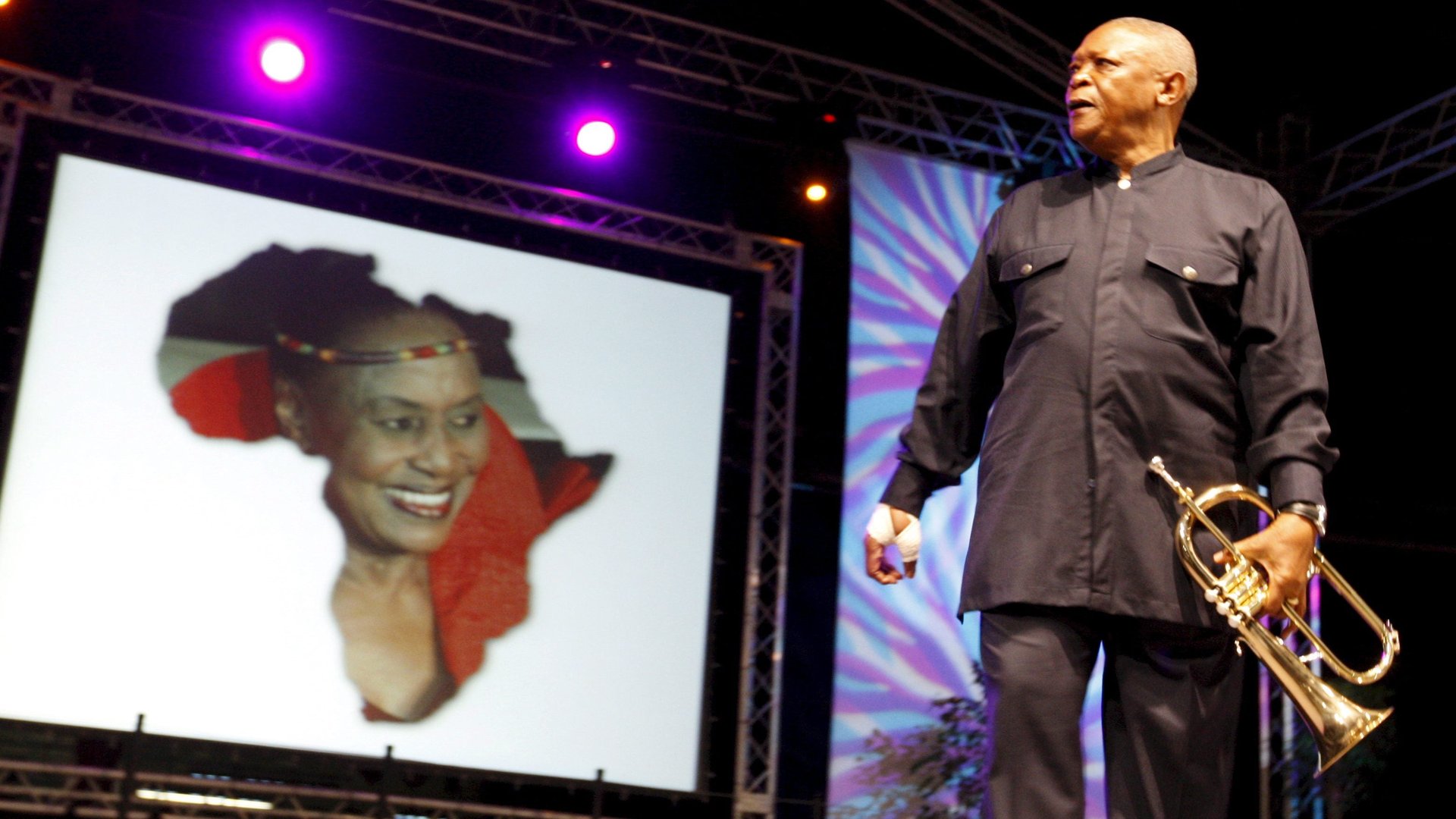A legendary South African musical returns 60 years later to find a country still divided
After an absence of over half a century, the courageous musical “King Kong” has smashed its way back into the collective South African consciousness. On tour in South Africa, “King Kong” is one of the most successful and controversial musicals ever to have been produced in the country.


After an absence of over half a century, the courageous musical “King Kong” has smashed its way back into the collective South African consciousness. On tour in South Africa, “King Kong” is one of the most successful and controversial musicals ever to have been produced in the country.
Back in 1959 the jazz musical toured the country’s major cities to, at times, sold out venues. It was seen by roughly 200,000 people before moving to London’s West End. Set to music of composer Todd Matshikiza, it launched the international careers of musical greats, Miriam Makeba and Hugh Masekela, among many others.
The narrative, which does not involve any giant apes (as in the film with the same name), follows the life story of 1950s heavyweight boxer Ezekiel Dlamini, who was better known by his ring name “King Kong”. Briefly stated, Dlamini becomes something of a township hero in the darkening days of apartheid by rising to boxing superstardom.
The story follows the highs and lows of his life, his fall from grace, and eventual suicide in a hard labour camp. Presenting the harsh realities of life in South Africa’s townships, gangsterism and the belligerent indifference of the apartheid state, the production quickly rose to notoriety. It was a collaborative effort that ignored the racial boundaries so vehemently enforced by the apartheid government. It also drew critical acclaim from multiracial audiences.
Kong in the era of Fallism
The timing of this latest production is interesting. Aside from a failed revival attempt in 1979, “King Kong” has been absent for almost 60 years. The musical was originally performed within the historical backdrop of the construction of so-called “grand apartheid” under then prime minister Hendrik Verwoerd.
The 1950s saw a flurry of legislative activity on the part of the apartheid government, affecting everything from education to land, labour and love. The decade also saw 156 people, including Nelson Mandela, put on trial in 1956 and charged with High Treason for their alleged actions against the state. The proceedings, which culminated in charges being dropped in 1961, would become engraved into South Africa’s history and known simply as “The Treason Trial”.
From the original 1950s ‘King Kong’.
With the fall of minority rule, Kong showed no signs of returning throughout the “Rainbow Nation” years of the late 1990s under the moral, political, and spiritual leadership of figures like Nelson Mandela and Archbishop Desmond Tutu. No, Kong has returned at an historical moment of unprecedented social strife in the post-liberation era.
Despite over two decades of democracy, over the past two years South Africa has witnessed protests against colonial and apartheid monuments. Demands for decolonisation across the country’s education system and student protests have been seen unlike anything in recent memory. In the digital age of hashtag student movements and demands for radical transformation, King Kong’s themes of harsh living conditions, socioeconomic immobility, corruption and gangsterism are unsettingly familiar and contemporary for many South Africans.
The country’s relatively peaceful transition from institutionalised racism and disenfranchisement to fully democratic state is often held in high esteem, and rightly so. It was indeed a remarkable achievement, given that many other post-colonial African nations suffered immense turmoil during the colonial withdrawals of the 1960s and 70s.
But South Africans must be careful. In the haste to celebrate the atmosphere of reconciliation, truth and amnesty that largely characterised the transition, the troubling lack of social and economic mobility that the country has experienced since then is often overlooked. Unemployment remains startlingly high, with young black South Africans bearing the largest burden.
Despite a drop in relative poverty in recent years, the country continues to display some of the highest levels of economic and social inequality in the world. What these issues illustrate are the enduring legacies of white minority rule and the lack of socioeconomic transformation in the post liberation era. “King Kong” has come home after an almost 60 year absence to find that the country does not look so different.
A tale of two South Africas
“King Kong” embodies the germinating seeds of two potential and mutually exclusive South Africas. Writing about the opening night in Johannesburg, one columnist for the city’s The Star newspaper mused:
All I know is that by the end of the evening every one of us in the audience could have leapt up and danced and sung with the cast, such was the magic of the evening.
This column was not written about the 2017 opening night. It was written in 1959. It shows the extraordinary capacity of the arts to transcend the toxic racial politics of the time.
During its long absence, the production became emblematic of what could be achieved through collaboration across racial lines. In the post-liberation and post-Truth and Reconciliation Commission age, “King Kong” has the potential to help resuscitate debate around the now fatigued rainbow optimism of the late 1990s.
The moral tale of “King Kong” still resonates in contemporary South Africa. As such, the production can just as easily be considered as a poignant reminder that South Africa is still socially and politically fragmented.
Gavin Robert Walker, Postdoctoral Research Fellow in Ethnomusicology, Stellenbosch University
This article was originally published on The Conversation. Read the original article.